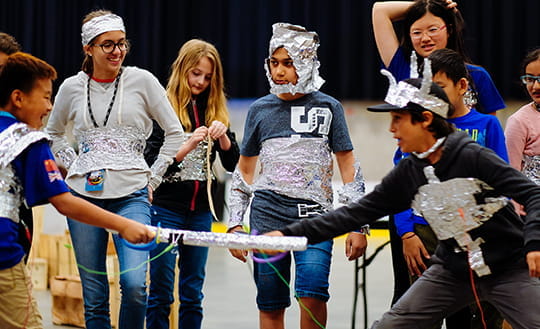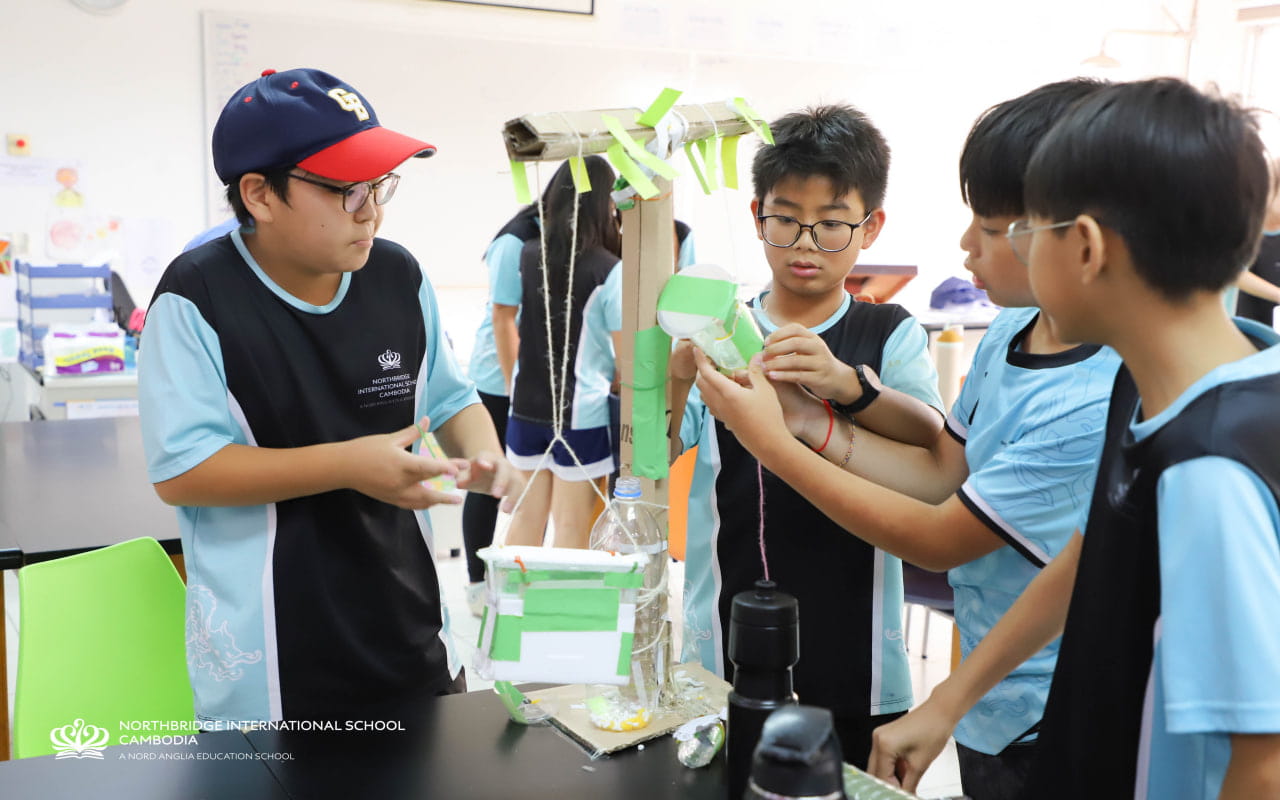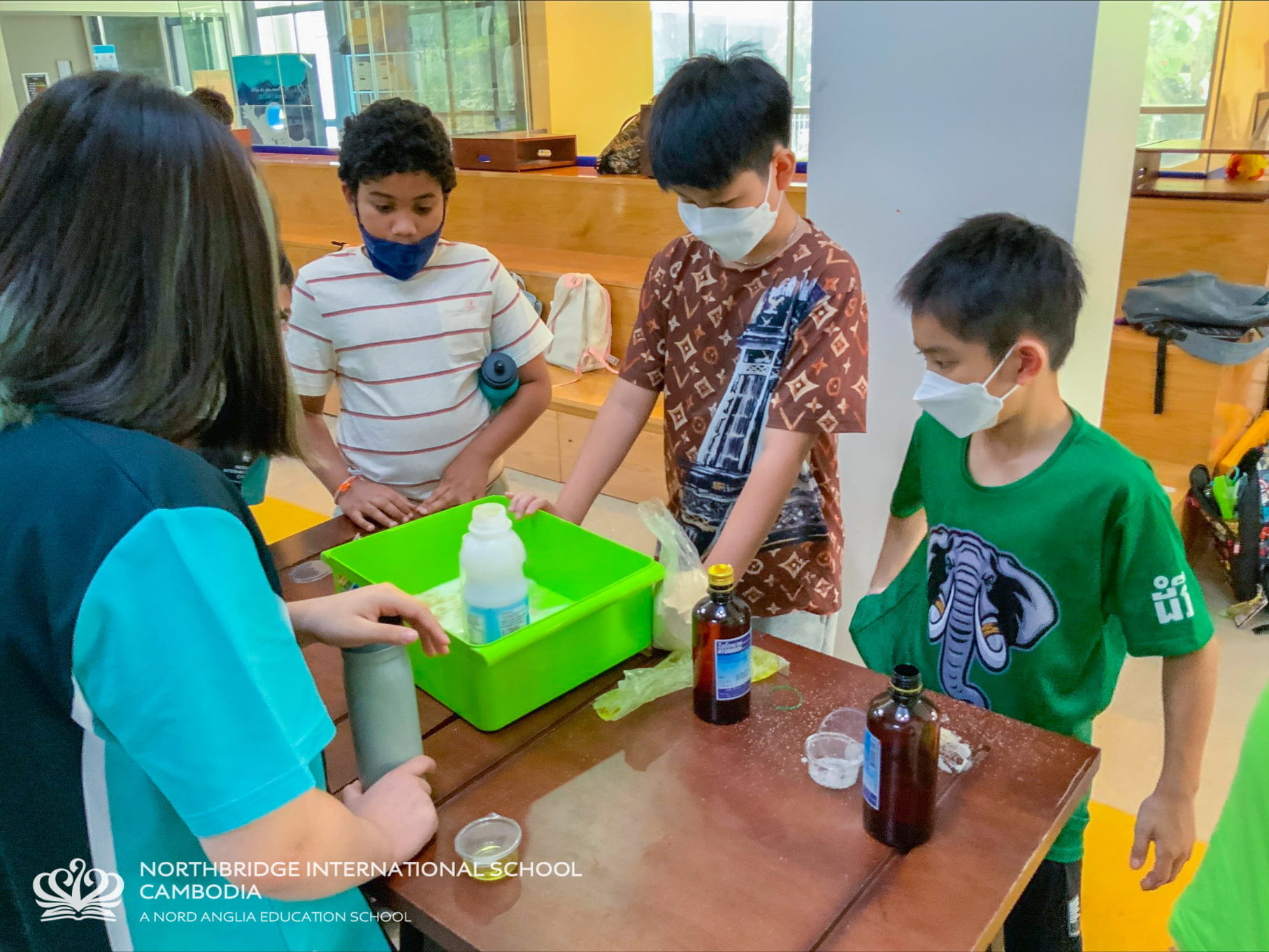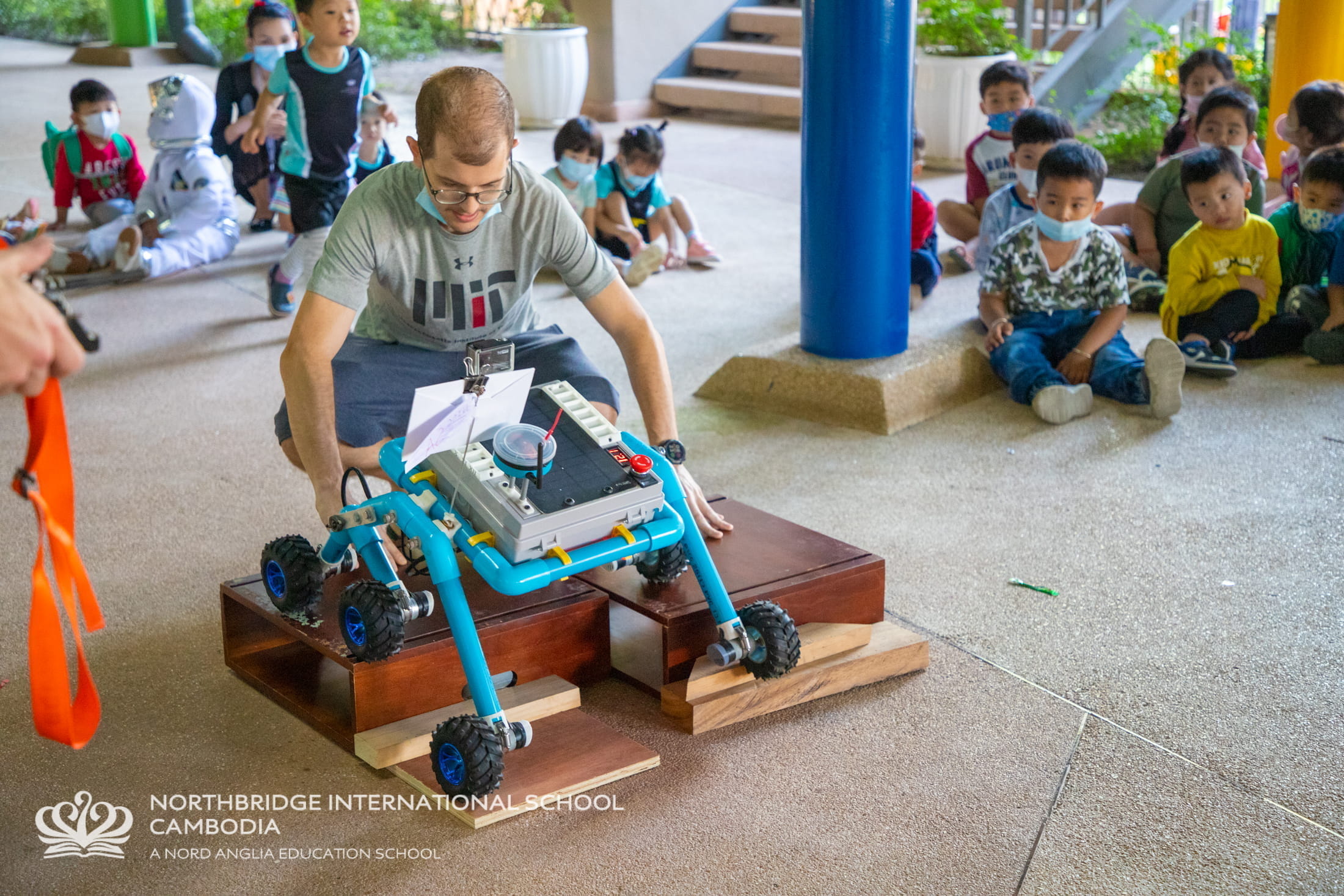Astro boots inventor Professor Leia Stirling challenges students to create their own wearable technologies Known for inventing boots for astronauts to walk on Mars, Professor Leia Stirling at MIT’s Department of Aeronautics and Astronautics wants students to explore the world of wearable technology in the Epic Identity challenge and discover how gadgets are used to measure and enhance or help human performance.
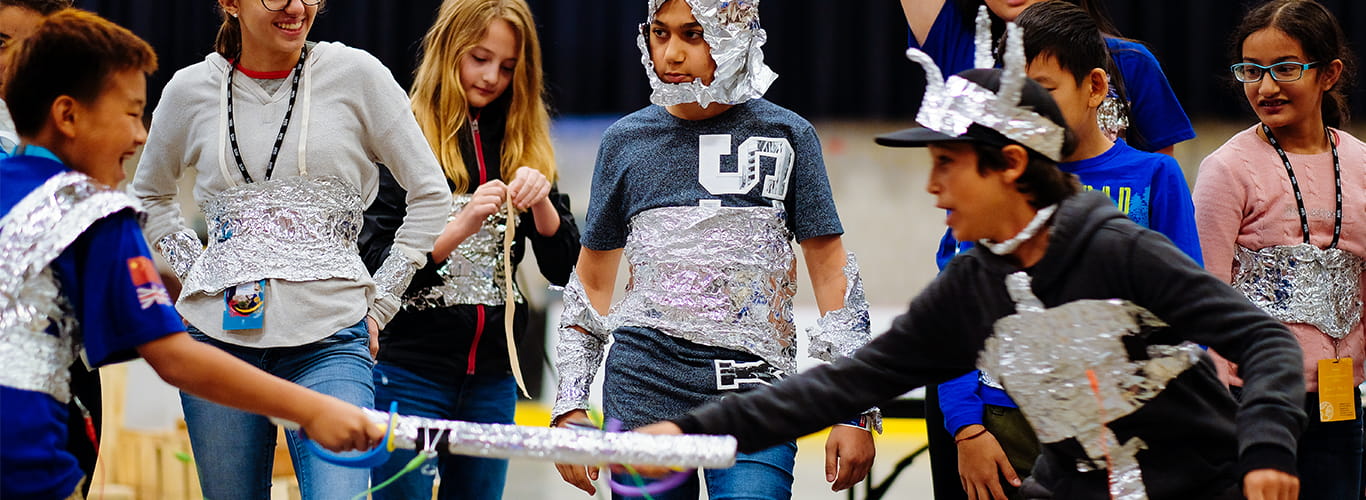
Known for inventing boots for astronauts to walk on Mars, Professor Leia Stirling at MIT’s Department of Aeronautics and Astronautics,wants students to explore the world of wearable technology in the Epic Identity challenge and discover how gadgets are used to measure and enhance or help human performance.
Across the ages, humans have conceived and manufactured tools with the intention of improving our lives. This constant desire to augment our human capabilities is what makes us special — we desire to go beyond our limits. Today, and increasingly so over the past 15 years, various types of wearable technologies have become a part of our lives, from a Bluetooth earpiece to fitness trackers, watches and glasses that augment our vision or reality.
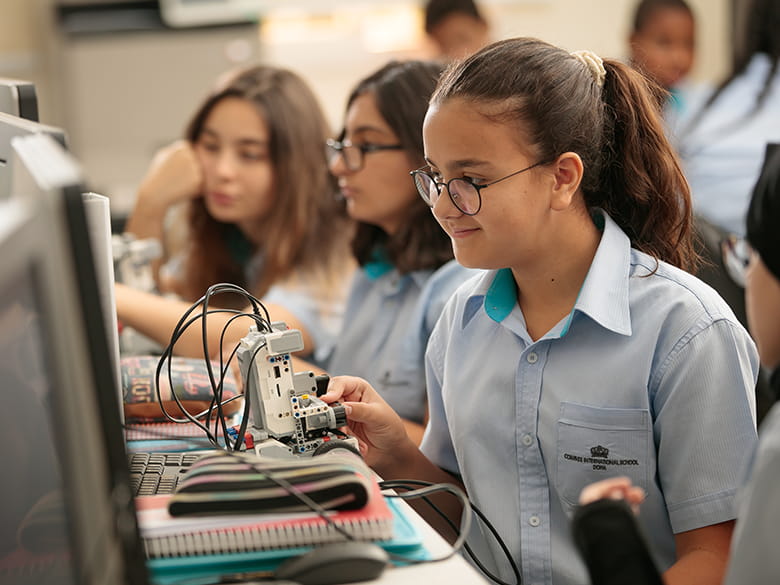
For a superhero, wearable devices are very much a part of their ensemble, such as customised gadgets and suits like Ironman’s exoskeleton armour and Spiderman’s web shooters. At the Massachusetts Institute of Technology (MIT) Prof. Leia Stirling from the department of Aeronautics and Astronautics is an engineer who develops new wearable technologies that help people enhance their abilities to do things. One of her key initiatives is a project to develop specialised boots for astronauts that in the future will help them walk on Mars. The space boots vibrate before an astronaut encounters an obstacle, buzzing their big toe.
Extremely lightweight, the boots are 3D printed, with sensors that detect objects and vibrating motors to provide the buzz. The sensors help professor Stirling study the way astronauts move in space, enabling her to measure activity and collect data about their movement. Stirling has also managed to draw a connection between her research with astronauts and how she can use it to help the general population. For example, people who are visually impaired can use the sensors on the boots to navigate around unexpected obstacles they can’t see. It can also be useful for firefighters, who may be impaired by smoke when they are in unfamiliar spaces.
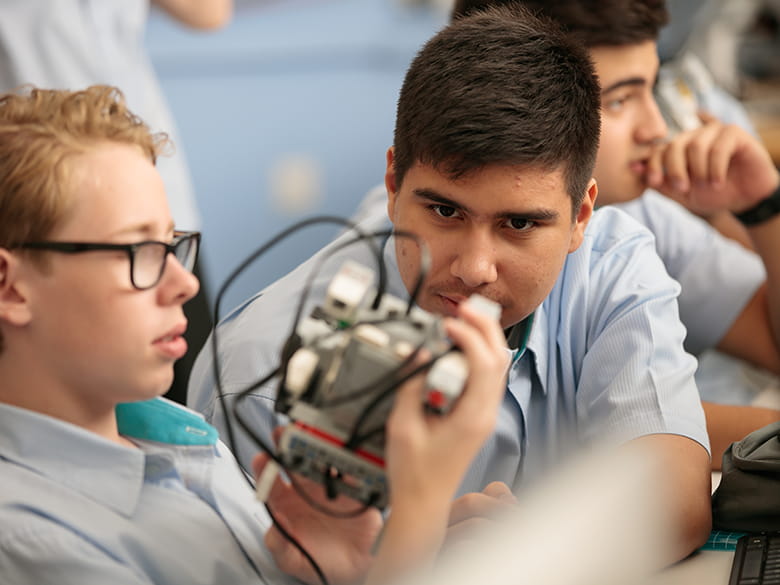
Another theme from Prof. Stirling’s research is thinking deeply about walking. She wants to understand what is happening with each step a person takes in a quantitative way and apply that understanding to several ideas like boots that can do a range of things, from helping astronauts walk on Mars, wearable sensors that can send doctors information about their patients, and exoskeletons that can save a wearer’s energy.
How are our students able to connect to Prof. Stirling superhero work using wearable technology? Teachers will guide and work with students to develop a wearable device that will enhance the powers of a superhero. They can design a suit, gadget or tool, and explore how they can collect data to quantify or measure the effectiveness of their technology on human performance.
As the MIT Challenges aim to develop interdisciplinary learning, students will engage in learning a variety of subjects by embarking on this project, including art, biology, computer science, design technology, engineering mathematics, physics and sports and health science.


